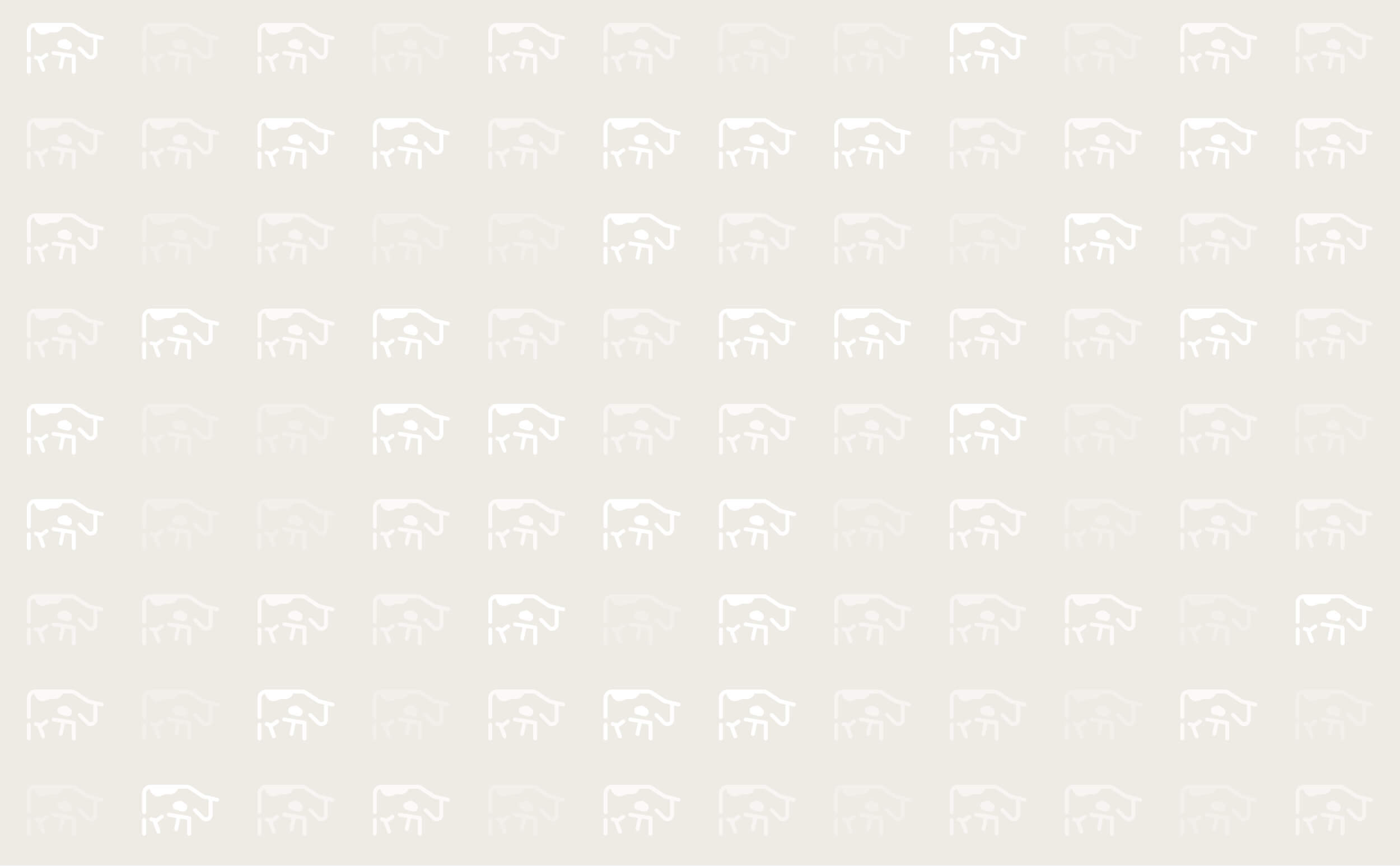



The Downer Cow
The downer cow is not very well defined. It is simply a cow that on examination ought to rise but doesn't.
Cause
The most likely reason for a cow go down is trauma. This could be post-calving, a metabolic issue (such as milk fever) or a disease such as mastitis or metritis.
The initial cause of the downer cow will be resolved, yet the animal still won't stand. This failure to rise is usually observed within 24 hours of the cow going down, as a result of muscle and nerve damage.
This damage occurs because a cow going off its feet results in heavy pressure on its muscles and nerves, this is made worse in many diseases by the cow being unable to shift position to prevent continuous bearing of weight.
Treatment
Downer cows are often hypocalcemic. If an apparently hypocalcemic cow does not respond to calcium therapy, phosphorus, magnesium, and potassium should be given as additional treatments pending the results of laboratory tests. Monitoring the blood mineral status is an important part of downer cow management.
In most cases, recovery depends on the quality of recumbency management and nursing care. Lateral recumbency must be corrected immediately to avoid regurgitation and inspiration of stomach contents. The animal should be rolled into sternal recumbency. However, if this posture is to be maintained, the limb on which the animal has been lying should be drawn from under the body. In other words, if the animal was presented in lateral recumbency on its left side, it should be rolled into sternal recumbency on its right side. Support (eg, straw bale) placed under the shoulder may be required for some animals to maintain sternal recumbency.
Attempting to stabilize a recumbent cow on a concrete surface is highly undesirable but sometimes unavoidable. Bedding the area around and under the cow with wet, sticky manure to a depth ?6 in. is a common practice. At least 10 in. of dry straw should be distributed over the wet mass. If the cow struggles and scrapes the wet manure, exposing concrete, more manure must be added. The so-called manure pack provides good footing but also may soil the skin with urine and manure. Dermatitis can result, and comfort of the cow is reduced. More seriously, the risk of mastitis resulting from the contaminated environment is very high. A bed of sand ?10 in. deep is more effective. This usually drains well, and good hygiene can be maintained if the manure is removed several times each day.
Helping the cow rise
On every day of the recumbency, an attempt should be made to bring the cow to its feet. Several simple but effective techniques can be tried.
In one method, the clinician stands with feet pressed under the cow at a point below the scapulohumeral joint. A sharp blow is delivered by driving the knees into the muscle mass below and caudal to the scapula. This method must not be used on the thoracic wall unprotected by the muscle mass to avoid fracturing the ribs. If the animal struggles to rise, an assistant should grasp the root of the tailhead with both hands and lift. Lifting on any other part of the tail may cause damage.
The value of hip clamps is controversial. Their proper use requires experience, skill, and a delicate touch. Continual use causes trauma and pain that is counterproductive. The forelimbs support 60 per cent of a cow’s weight and, therefore, the use of a canvas sling under the sternum is almost mandatory for consistent success.
Even if the cow does not stand, the lifted position provides an opportunity to manipulate the limbs, auscultate for crepitation, and perform vaginal and rectal examinations.
Supporting the downer cow
It is vital that recumbent cows be provided with clean water at all times. A shallow rubber feed bowl prevents spillage. If the cow does not drink, she must be given fluid therapy either by drench or parenterally. Every effort must be made to roll the cow from one side onto the other every 3 hr. If this is not done, the weight of the cow results in ischemia in the muscles of the hindlimb. This pathology precedes various myopathies and may precipitate the compartment syndrome.
Protection from the elements is essential. Rain and wind can reduce body temperature considerably and worsen shock if present. A windbreak of straw bales is vital. Straw bedding should be provided to help insulate the cow from the ground. A recumbent cow does not require a warm environment; however, in a cold environment, an inactive animal can gradually succumb to hypothermia.
The downer cows most difficult to treat are those that do not try to eat. A cow that salivates on its feed will not eat it later. Rather than being offered large amounts of feed, the cow should be tempted with sweet hay. This should be cleared away every 30 min if not accepted. Placing bitter-tasting weeds such as ivy or dandelion in the mouth may provoke salivation and an interest in eating. Lettuce and cabbage leaves are accepted by some cows. In extreme cases, the cow can be drenched with rumen contents. Sometimes drenching with a thin gruel to which powdered ginger and/or gentian has been added can be helpful.
Welfare considerations
Although a cow may rise after being recumbent for 14 days, this does not imply that a cow should be left for this period. So long as the cow looks bright, occasionally struggles to rise, and continues to eat and drink, recovery is a possibility. However, if the cow becomes listless, shows no interest in feed, or has decubital lesions or starts to lose condition, slaughter on humane grounds must be considered irrespective of how long she has been recumbent.

